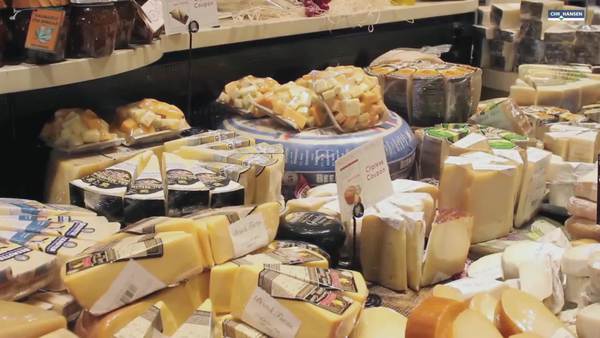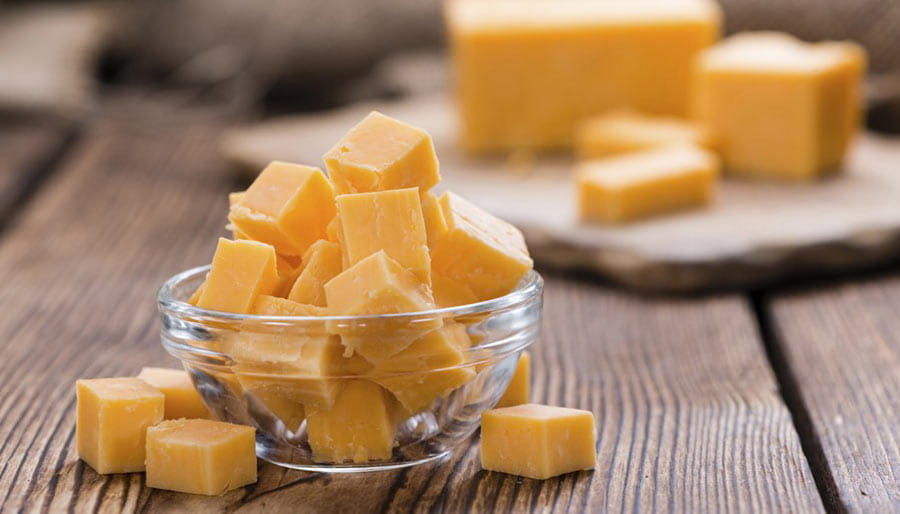Consumers are increasingly looking to adopt healthier eating habits in order to improve their wellbeing and lifestyle, all the way from childhood throughout retirement. In past years, health organizations and governments across the world have turned their focus on salt and its impact on cardiovascular health. WHO member states have agreed on a 30% reduction program by 2025 as the first step towards the goal of 5g of salt per day.
Approximately 75% of the salt consumed daily comes from packaged food, in which cheese is the third biggest contributor, accounting for 7–9% of daily salt intake. The increased interest in salt reduction from consumers e.g., the elderly and mothers buying food for their children, can be seen in the sales of products with reduced or low-salt claims. Products launched with reduced or low-salt claims grew by 7% from 2012 to 2014, compared with products claiming reduced or no fat, which only grew by 4% in the same period. Today, 33% of consumers prefer the "reduced/low salt" health attribute when making their purchase decisions.
Reduce salt by up to 50% with SALTLITE™
We have taken a holistic approach to salt reduction, resulting in the development of the ground-breaking SALTLITE™ solution. Combining Chr. Hansen’s know-how with three unique performing ingredients can reduce the salt content in cheese by up to 50%. Our know-how of in-process salt and moisture control aids the customer by adjusting the manufacturing process.
Our DVS® starter cultures enable the producer to control the acidification speed and to ensure good protection against bacteriophages. The starter cultures thereby deliver consistency during cheese production as well as in the final product.
CHY-MAX® M is a fermentation-produced chymosin (FPC) with a very high clotting activity and low unspecific proteolytic activity compared to other coagulants. This results in several benefits including a reduction of bitterness, improved texture due to the slow protein breakdown, and increased yield.
Ripening cultures enhance the flavors in low-salt cheese and are imperative to maintaining the characteristics of the cheese. For example, ripening cultures increase the level of free amino acids, which has a positive impact on flavor and binding the water.



